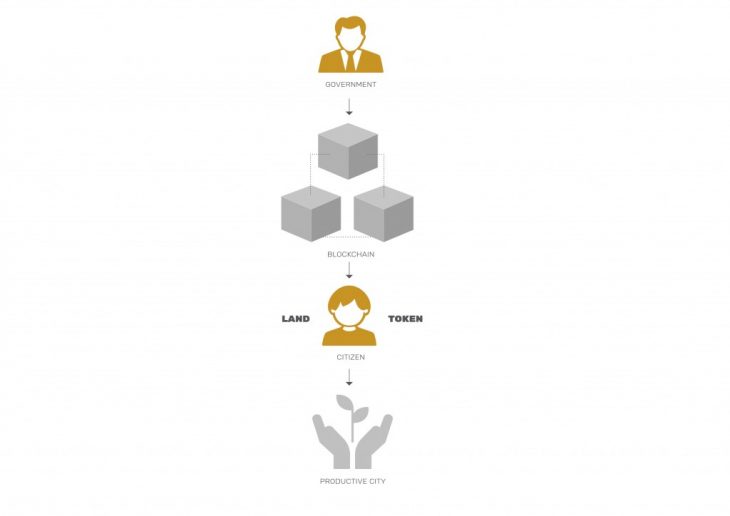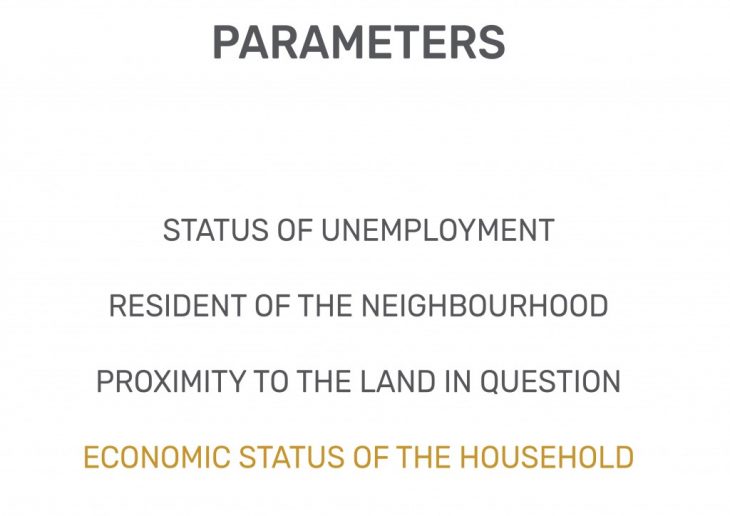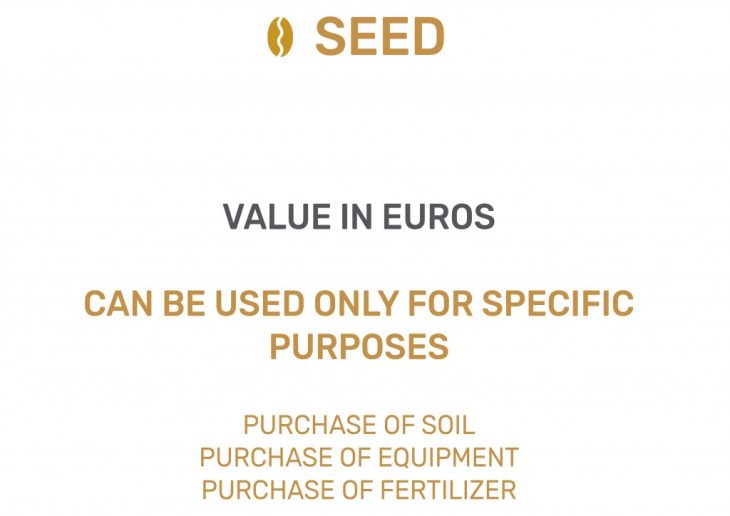Introduction
The blockchain is an undeniably ingenious invention.It is an incorruptible digital ledger of economic transactions that can be programmed to record not just financial transactions but virtually everything of value.This new piece of digital infrastructure can be used in many forms in an urban context.It can be used to create greener and productive cities while solving an economic issue along with it.
So how can this be done?
There are a lot of underutilized spaces in a city. Apart from the landscaped areas, there are a lot of empty spaces and green areas that could be used for growing something productive and aesthetic at the same time. Urban orchards are a fine example of such an initiative.These lands which come under the government or city councils, can be used as an incentive along with funds to solve unemployment for localized food production.
By following through with this proposal, we address two rights from the European Charter for safeguarding of Human Rights in the city:
Right to harmonious city development
The citizens have a right to an ordered town planning development which guarantees a harmonious relationship between residential areas, public services and amenities, and green areas.
Right to work
The municipal authorities develop mechanisms, in collaboration with other public institutions and companies ? to ensure equality for everyone at work, and ? to prevent any discrimination on the grounds of nationality, gender, sexual orientation, age or disability in matters of salary, working conditions, right of participation, professional promotion or wrongful dismissal.
But how exactly would this work?
The lands which come under the government are distributed to the deserving along with funds for the start up in the form of tokens via blockchain, making the process transparent and corruption free.It removes the bureaucracy involved in the project and ensures that the allocation of land would remain fair rather than facing the most often seen situation of the deserving not getting a cut of the payment from the government.

But how are the citizens chosen for this process?
For the process to be fair, a series of parameters for the selection of the individual was considered:

What exactly are the tools being used in the blockchain?
The project implements the use of utility tokens.Utility tokens are essentially cryptocurrencies that are used for a specific purpose, like buying a particular good or service.This is to ensure that the funds provided are being put to the right use by the selected individuals.
Name:Seed
Initial Supply: The number of empty plots in the city
Receivers: Citizens who satisfy the parameters

The funding of this token is done using subsidies that exist by the European union mainly under the name CAP(Common agricultural policy) further which can be subdivided into European agricultural guarantee fund(EAGF) which pay directly to farmers in need and aim at regulating and supporting agricultural markets.
The effects this blockchain would have on the urban context would be in a number of scales.
Tackling the issue of Unemployment
Localized food production encouraging Self Sufficiency
Reduction of transport of food into the city
Reduction of Pollution and Increase in air quality of the city
Creating Greener and Productive Cities is a project of IaaC, Institute for Advanced Architecture of Catalonia
developed at Master in City &Technology in (2018/2019) by:
Students: Polina Skorina, Raeshma Janardhanan Nair
Faculty: Lluïsa Marsal